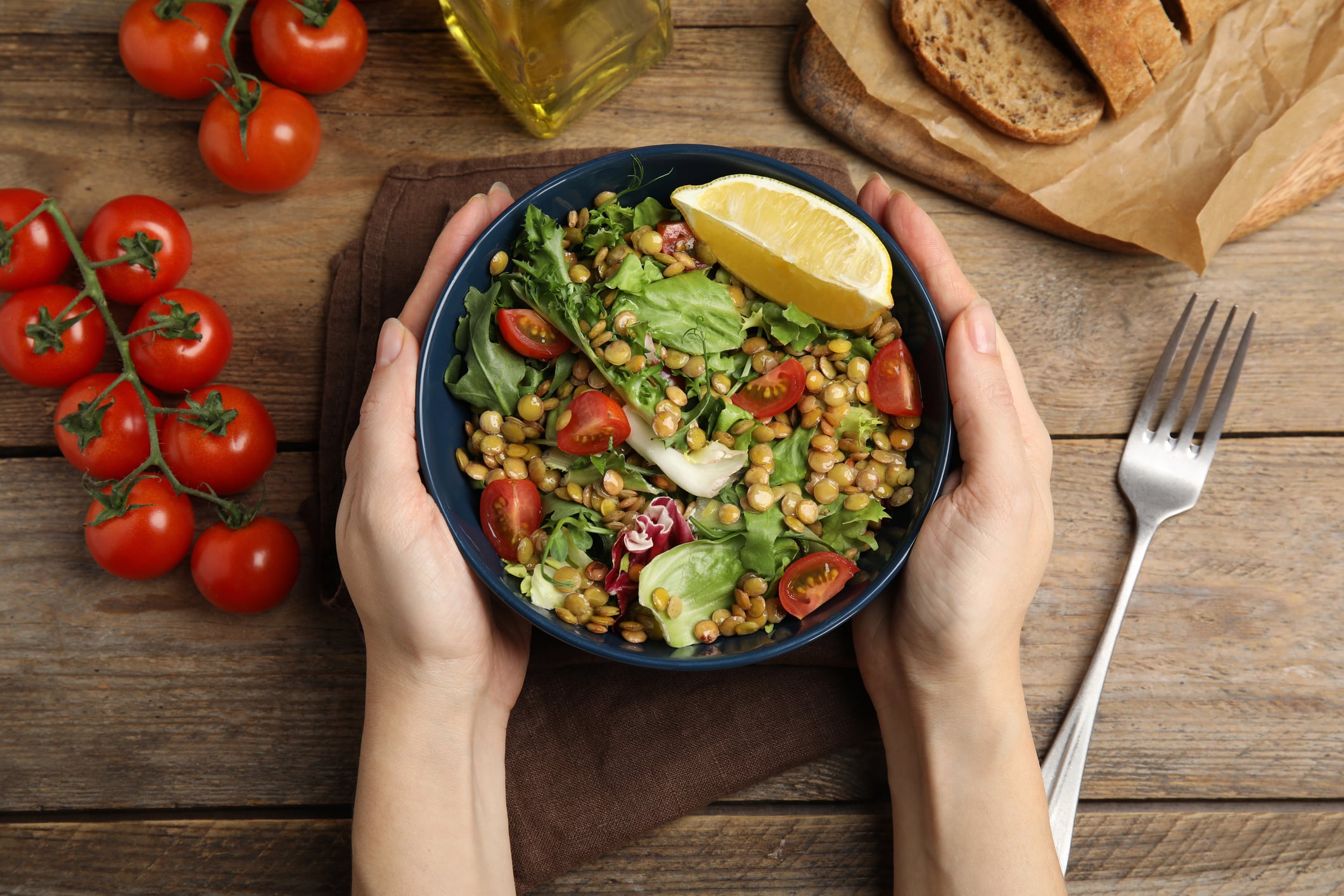Snacking is far from new. In fact the global market value for the snacking industry topped $269.45bn (€237.79bn) this year, and it’s projected to grow at a CAGR of 6.20% until 2030 (Statista).
But closer analysis reveals a clear shift in the importance of snacking in everyday eating. Because where once snacks were eaten in-between meals, they’re now replacing them altogether, in a phenomenon known as ‘snackification’.
What is ‘snackification’?
As you’ve probably guessed, snackification is the trend of people eating more smaller meals (snacks) throughout the day. This eating style replaces the traditional three daily meals that has been the norm for centuries.
And this is not a small shift in consumer behaviour. A 2024 International Food Information Council survey found that a staggering 56% of people reported replacing traditional meals with snacks or smaller meals, while 73% stated to snack at least once a day.
Why is the snackification trend growing?
The main reason for the growth of the snackification trend is undoubtedly convenience.
Busy lifestyles mean consumers are seeking out quick and convenient food options in and out of the home.
“With a faster pace of life, fewer people rely on three daily meals to serve their food intake, and instead, they look to convenient, on-the-go snacks,” says Daria Pashkova, product and marketing manager at Ohly.
Another reason is the increasing access to healthier snacks, meaning it’s easier for consumers to eat well on the go, without having to resort to a chocolate bar or packet of crisps.
Added to this, consumers report feeling better and maintaining energy levels when they eat little and often, rather than three larger meals a day which can leave them feeling tired and sluggish. According to figures from the BBC, 20% of people report experiencing tiredness after eating.
Though snacking needs and preferences vary across the generations.
According to consumer intelligence firm NIQ, children and adults exhibit significantly different snacking patterns. While children often prefer sweet snacks like cookies and cakes, adults favour healthier options such as fruits, nuts, and yogurts.
“Recognising these preferences is crucial for brands aiming to develop snack products targeted at specific age groups,” says a spokesperson for NIQ.

Innovation and NPD opportunities
The rise of the snackification trend creates a major opportunity for food and beverage industry growth.
“In the dynamic world of FMCG, snacking has emerged as a vibrant and rapidly evolving segment in the grocery department,” says a spokesperson for NIQ.
And as snacking increasingly replaces main meals, there are opportunities across all sectors. From early morning to late night and everything in between, the possibilities are endless.
However, the growth of the health and wellness trend means consumers are becoming more particular in their requirements.
“As snacking habits evolve, manufacturers are under growing pressure to balance taste with health,” says Ohly’s Pashkova. “Consumers want snacks that align with their wellness goals without compromising flavour or satisfaction. That means rethinking product formulations to align with modern dietary demands but still retaining their familiar taste.”
According to NIQ data, Better For You snacking products’ four-year velocity CAGR outpaces Non-Better For You in all channels.
In particular, products rich in protein, fibre, and natural ingredients are gaining traction, as they align with the health goals of a diverse consumer base.
But, while consumer demands and expectations might be high, research by Mintel found that 45% are willing to pay more for snacks with healthier ingredients.
However brands must make sure they remain competitive as private label is proving extremely competitive in this space.
“The snacking industry has witnessed a significant shift with the emergence of private label brands, which are rapidly gaining market share,” says a spokesperson for NIQ.
Retailers have recognised the potential of offering their own branded snacks, often at a lower price point than national brands. This shift is driven by increasing consumer price sensitivity and the desire for affordable yet high-quality products.
“Over the years, the quality of private label products has improved significantly, resulting in a positive shift in consumer perception,” says Katya Witham, associate director for Mintel Food & Drink. “Today, many consumers view own label products as comparable, if not superior, to branded goods in terms of quality.”
In fact, research from NIQ has found that supermarkets and retail chains are leveraging their extensive consumer data to tailor private label snack offerings to specific needs, such as gluten-free, organic and vegan.
This targeted approach, says NIQ, not only attracts a broader customer base but also encourages repeat purchases, solidifying the position of private label brands in the competitive snacking market.






